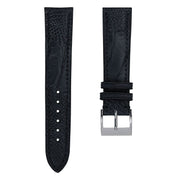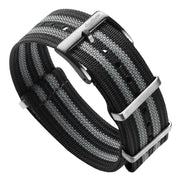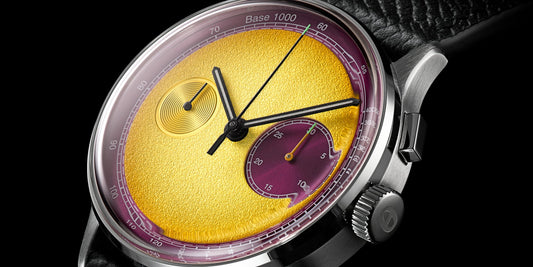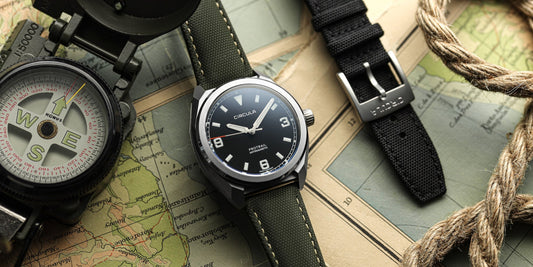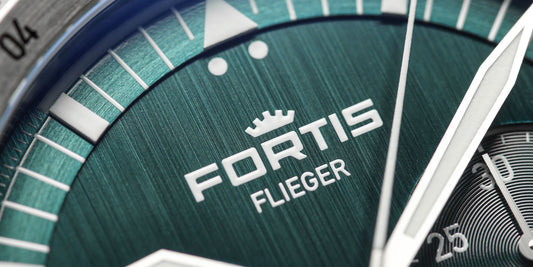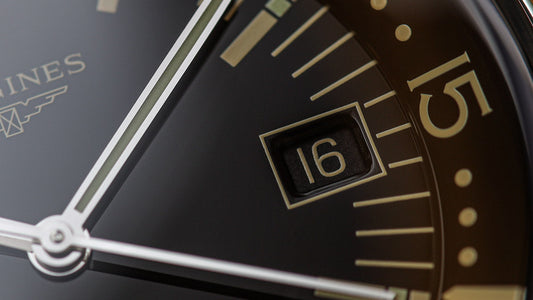At the end of the day, as much as the wide-eyed dreamers among us, who see so clearly a future of true novelty, innovation, and daring design would like to believe it needn’t, heritage does matter. Owners of new brands that know the industry are aware of this and do what they can to compensate for their unavoidable lack of history with evermore creative sales models, transparency commitments, and strong value propositions, but try as they might, I’m sure they’d all freely admit that having a grandfather in the business, or a world first from 1922 would help sell their story.
Because of this, the stable of mainstream luxury brands has remained remarkably consistent since the hobby of watch collecting for collecting’s sake became a thing. In terms of name recognition, no brand worldwide can hold a candle to Rolex. Often popping up in second position, however, is Omega. A brand that is older and, in many ways, even more respected than Rolex. It may not have been quite as deftly managed during the pivotal part of the 20 th century, nor was it responsible for quite as many enduring firsts as the brand known as the Crown. Still, it has plenty of impressive achievements, including the Moon landing, partnering with the Olympic Games, and the creation of the world’s first minute repeater for the wrist (even if the latter achievement predated the Omega name on the dial).
Way back in 1848, a man named Louis Brandt founded a small workshop in La Chaux de Fonds, not far from the brand’s current home, the bilingual city of Biel/Bienne. For almost half a century, the brand operated under the La Generale Watch Co. and subsequently Louis Brandt et Frère names, before a new calibre, developed in 1894 and christened Omega, would inspire the official name change to Omega Watch Co. in 1903.
By then, Omega was the largest producer of “finished” Swiss watches and had established itself as a global player. Remarkably, the Brandt family had achieved all this before what would become Rolex had even been founded (which would happen two years later in 1905 when Hans Wilsdorf established Wilsdorf & Davis — a distribution company for wristwatches that would soon morph into the maker that stands as Omega’s most fearsome rival to this day).
All this is to say that Omega, one of the oldest continually operational watch brands in existence, has been around long enough to have seen it all. In the very earliest days of watchmaking, when individual artisans produced unique works of horological art for the upper classes, Omega was indeed absent, but it has been present from watchmaking’s first forays into industrialisation, proving itself to be a trailblazer in this regard.
More importantly, Omega endured not just through the tumultuous years of World Wars One and Two but thrived immediately thereafter before riding out the quartz crisis and becoming one of the key players in the newly formed conglomerate SSIH, headed by the late Nicholas G. Hayek, the man credited with saving mechanical watchmaking through, ironically, the invention of Swatch, the brand that refocused attention on Switzerland as the centre of watchmaking (even if its products were a far cry from luxurious).
Omega has been at the forefront of the industry throughout its modern history, forging visible partnerships and sponsoring incredible feats of human endeavour. This generation would most likely associate Omega with the pinnacle of many sports, the Olympic Games.


The brand first established a partnership with the Olympic Games, way back in 1932. Although Omega has not always been the official timekeeper of the Games, it has played that role more consistently in recent years, having overseen every games since Beijing 2008, taking over from Swatch, which had held the distinction since Atlanta ‘96.
More famous still than the brand’s association with the Olympics, is the fact the Omega Speedmaster was the first watch ever worn on the surface of the moon when astronaut Buzz Aldrin stepped off the ladder of the Lunar lander. Buzz has since become a key member of the Omega family, frequently turning out for events and relishing in his role as watchmaking’s most “far out dude” (in more ways than one). Unsurprisingly, Omega continues to lean into its role as the go-to Space brand, despite not having conducted meaningful experiments or testing in Space.
Perhaps the best thing that can be learned from the Speedmaster case study, is an appreciation of how a watch or brand’s association with a significant event in human history can imprint it on society's collective consciousness. It would be fair to speculate that a watch, of all things, is a highly appropriate accessory with which to commemorate a turning point in time, and maybe that it represents not just its wearer, the fashions of the day, and the achievement in question, but also the temporal importance of all those things to the ever-unfolding narrative history, something of which Omega has been, and will continue to be, a notable part.












